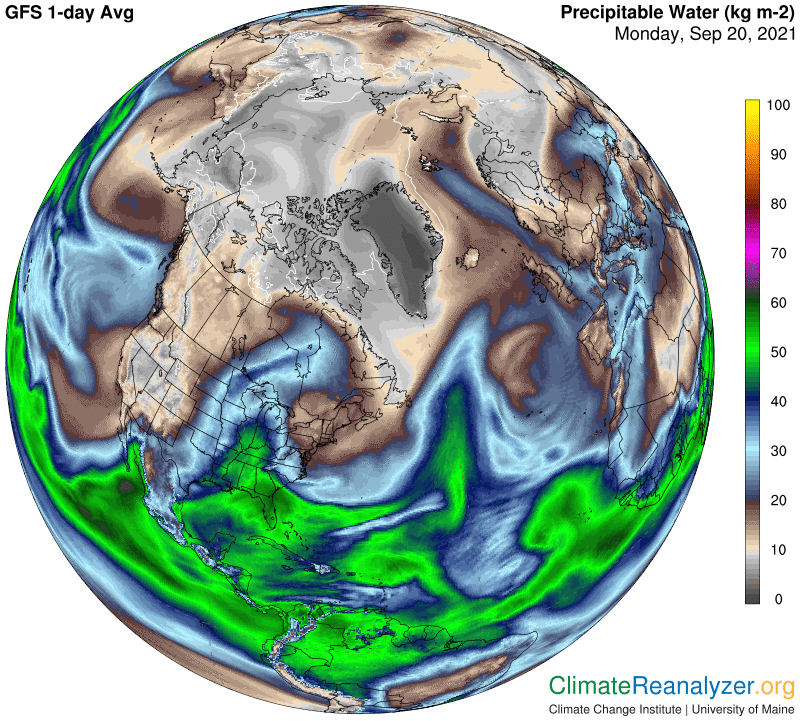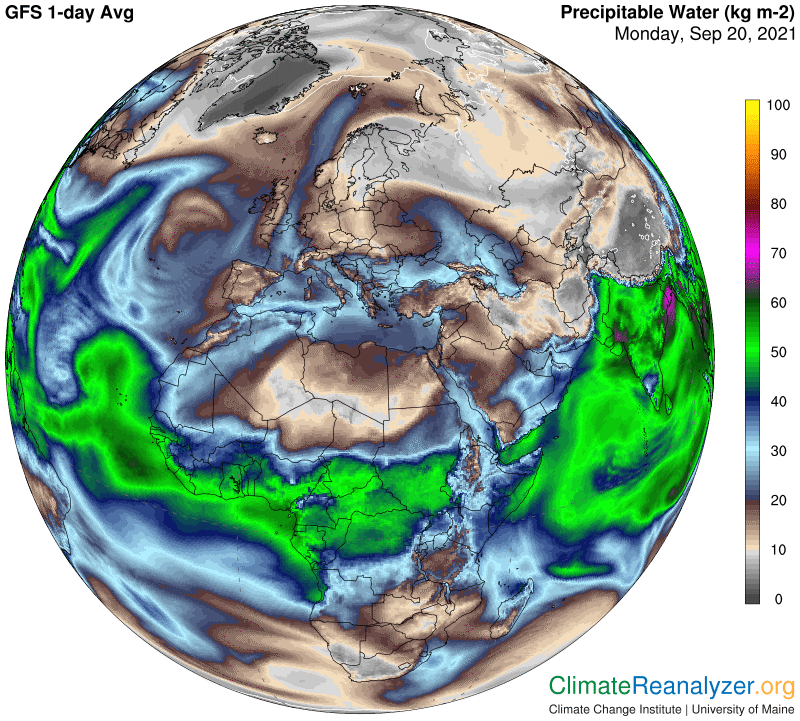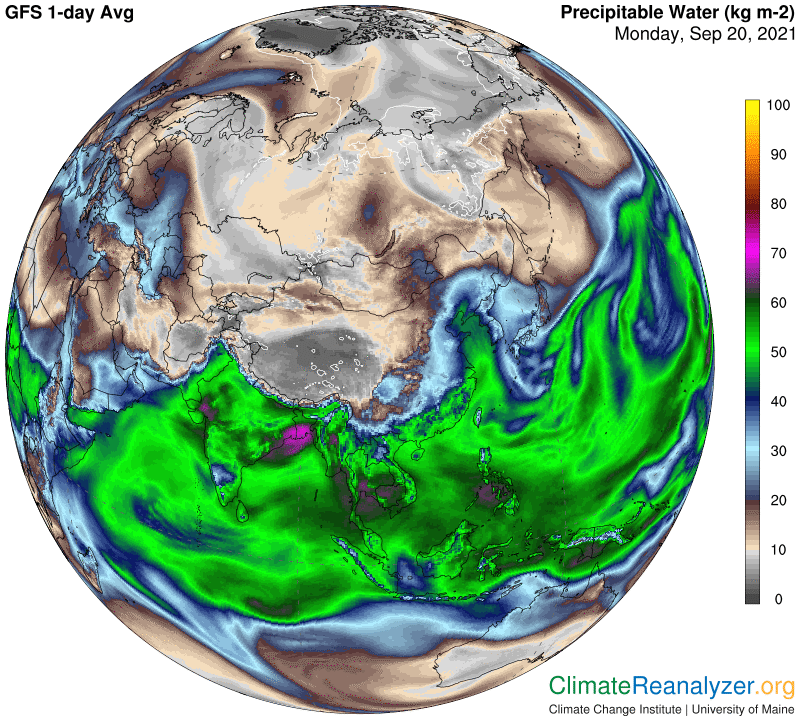Today’s letter is a followup from the one on Friday. I’ve designed it in a way that could encourage you to show it to someone you know who is a scientist, or has the curiosity required of a scientist. Today is all visual, pairing just two maps, daily temperature anomalies and current total precipitable water (PW) values, from the perspective of every continent. The color-coding is simple to master and does a useful job here on a broad basis, without fussing too much over the details. I will be pointing out large areas of extra-warm anomalies (5C or more), letting viewers look for the corresponding PW image overlying the area of each anomaly. In each case there is one simple question that needs to be asked about the observed relationship between the images: “Do you think there is a possibility that the relative size of the total current PW value has something to do with the causation of the extra-warm temperature anomaly?” A pattern of consistent answers would not prove causation, but should at least arouse the viewer’s curiosity concerning the true source of the apparent close relationship.
The viewer needs to recognize that the “bands” of PW we observe here are the very ones that meteorologists refer to every day, carrying moisture that evaporates in warm tropical waters, travels in the general direction of either pole within the upper levels of the atmosphere, and serves as a source of precipitation as it moves along. The fallout naturally causes its total mass to keep shrinking. Of further consideration, the relative power of a given PW value is always greater in cooler parts of the globe than warmer parts. Also, temperature anomalies over ocean waters require several days of longer exposure time to form than those over land because of differences in absorption.
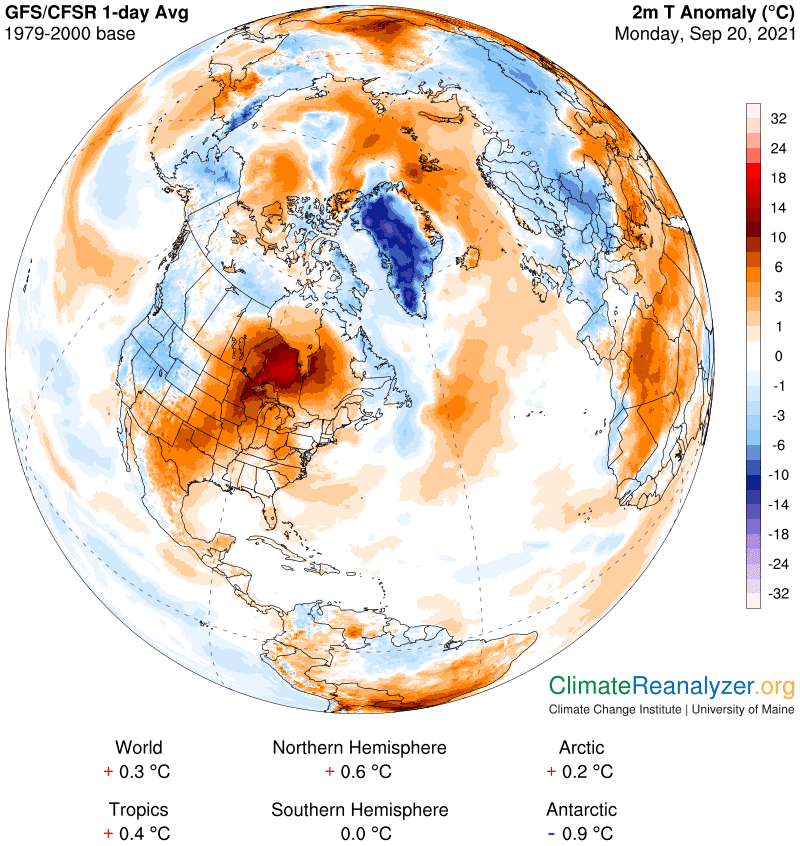
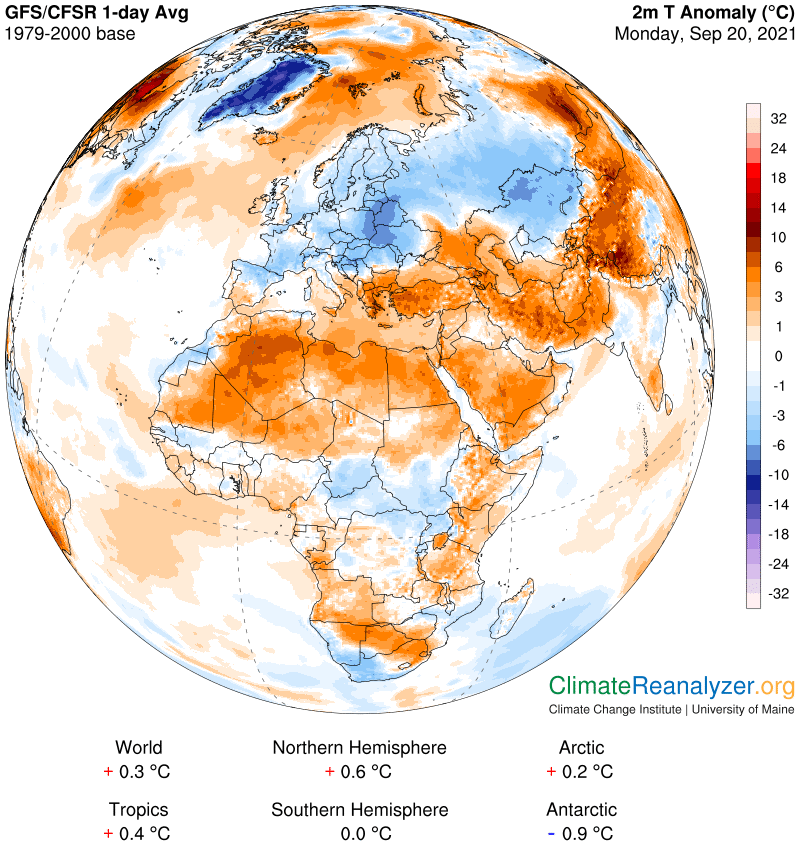
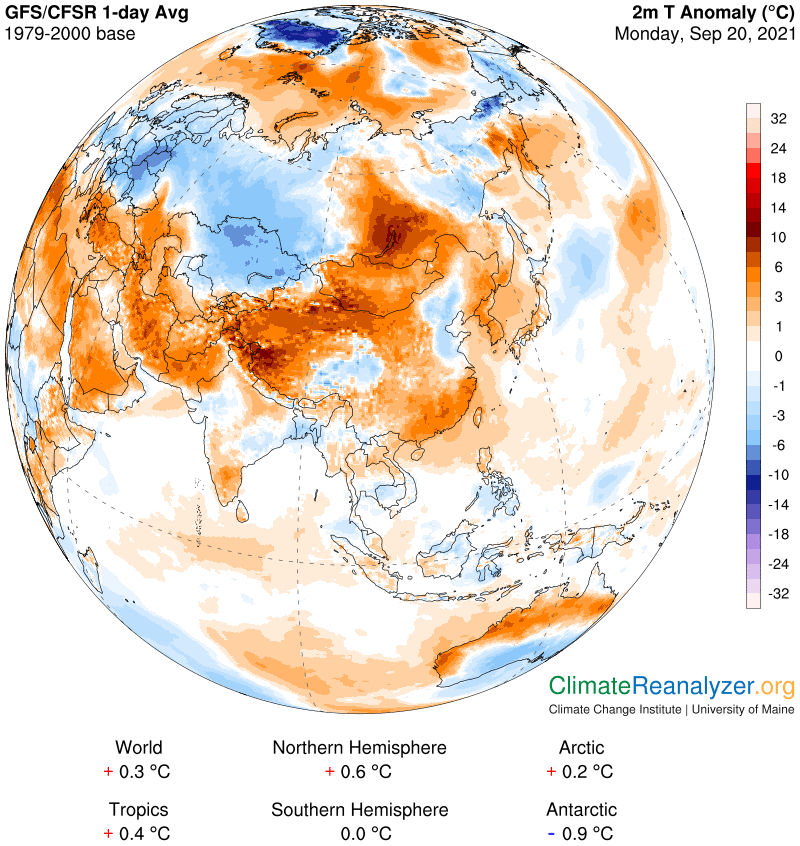
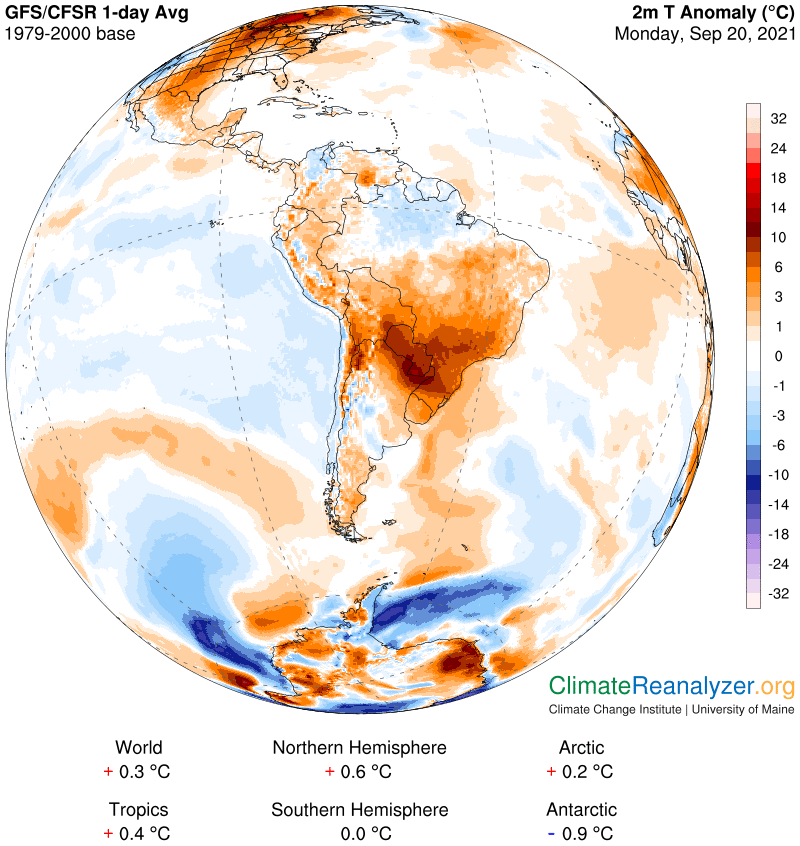
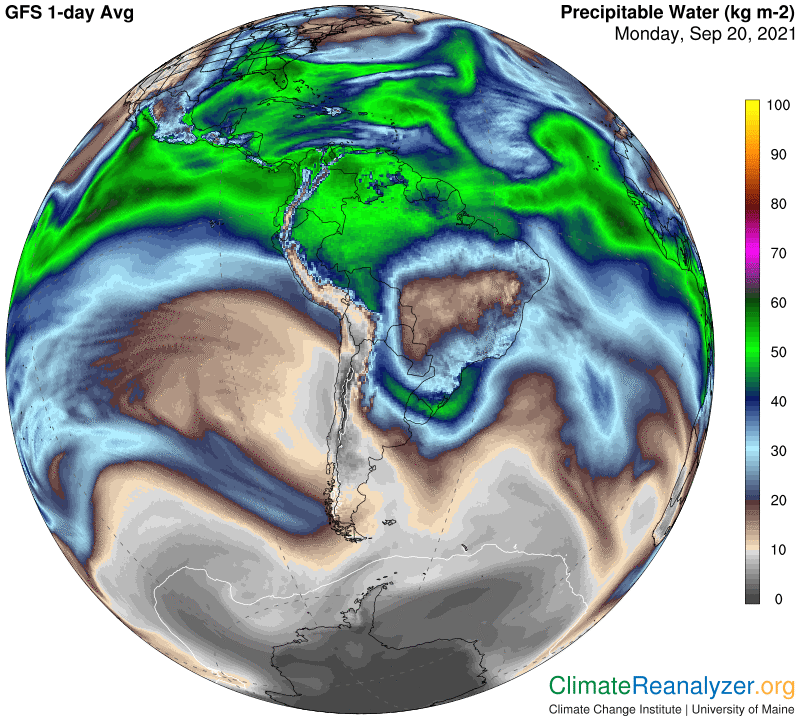
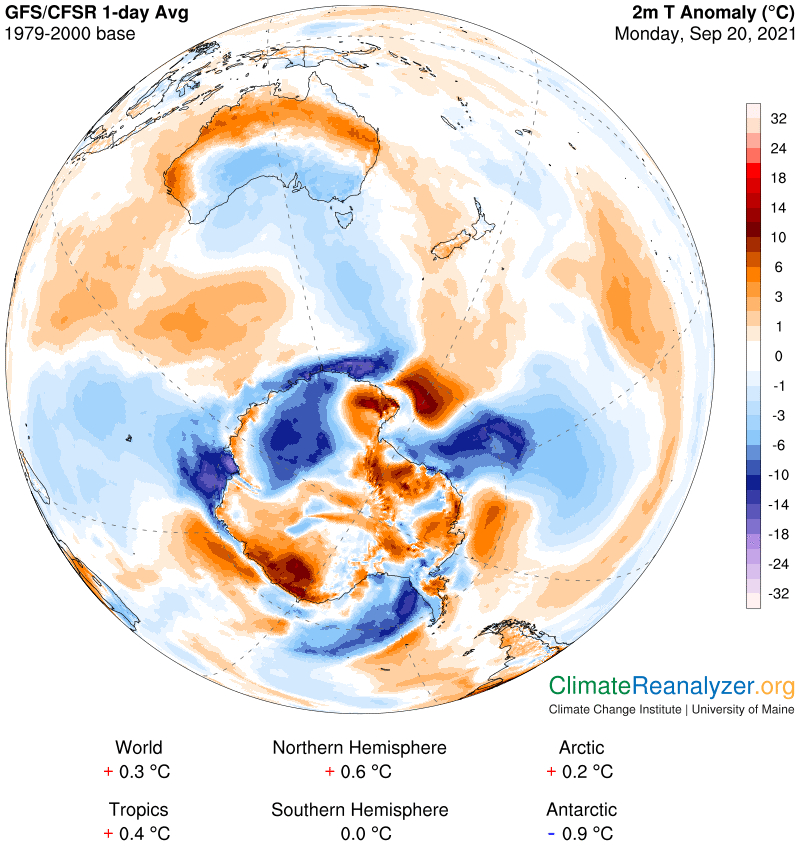
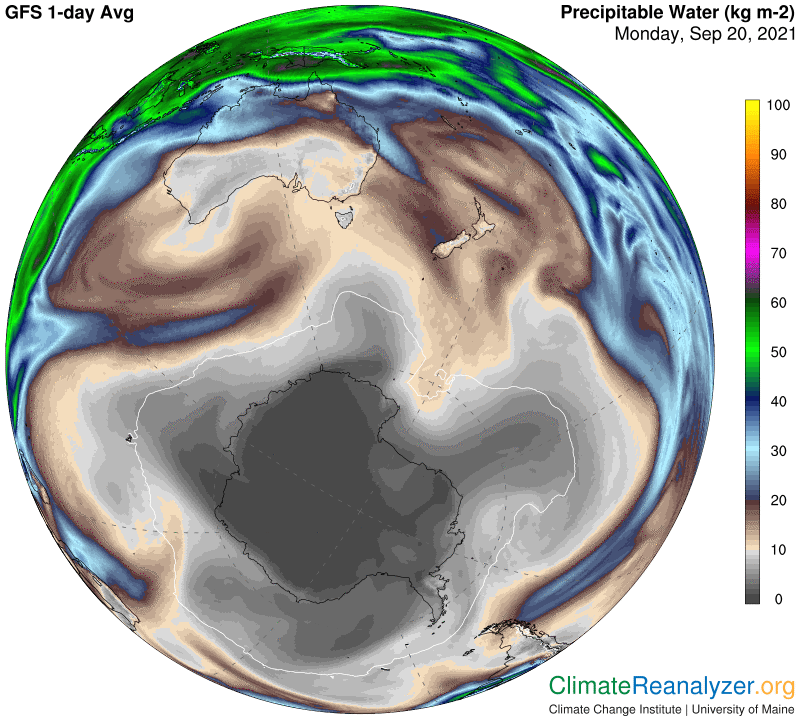
The sharp contrast between the northern and southern halves of Austria is especially interesting because it is easy to read the PW values on each side—from over 20kg to below 10—and easy to see the difference in temperature anomalies on each side—around 10C. (Actual current temperature differences, as seen on another map, are even greater than their respectively reported anomalies because of the differences in latitude.)
Carl
